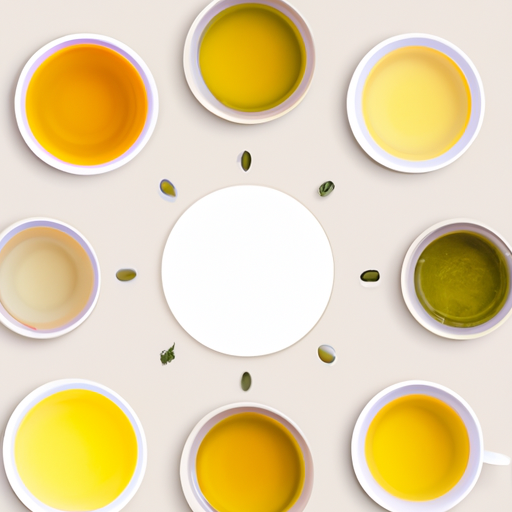Did you realize that Lake Agnes Tea House in Banff National Park, Alberta, has been offering tea since 1905? That’s more than a century of tradition and charm located in the beautiful Canadian Rockies.
As a tea lover and nature enthusiast, I couldn’t wait to visit this historic and popular tourist attraction. Situated by the picturesque Lake Agnes, the tea house offers stunning views of the surrounding mountains and a unique dining experience.
But it’s not just the tea that makes this place special. The hike to Lake Agnes Tea House is an adventure in itself, passing by Mirror Lake and The Big Beehive. With a moderate difficulty level, it’s a 3.8-kilometer journey that takes about 1-2 hours one way.
So, grab your hiking boots and get ready to indulge in delicious sandwiches, soups, and desserts made on-site without electricity or running water.
Lake Agnes Tea House is a must-visit spot that combines the beauty of nature with a touch of history and a cup of tea.
Key Takeaways
- Lake Agnes Tea House is a historic tea house located in Banff National Park, Alberta, Canada.
- The tea house is a popular tourist attraction and is known for its scenic views of Lake Agnes and the surrounding mountains.
- The hike to Lake Agnes Tea House starts at Lake Louise and is about 3.8 kilometers long, taking approximately 1-2 hours to complete.
- The tea house offers a variety of menu options, including sandwiches, soups, chips, salsa, and desserts, all made on-site without electricity or running water.
What to Expect
I can expect a moderate difficulty hike of 3.8 kilometers to reach the Lake Agnes Tea House, starting at Lake Louise and taking about 1-2 hours one way.
The trail is known for its stunning views and diverse wildlife encounters. As I make my way through the trail, I may come across mosquitoes and other wildlife, so it’s important to bring bug spray and stay alert.
The hike also passes by Mirror Lake and The Big Beehive, offering picturesque scenery along the way.
The final stretch includes a beautiful waterfall and a set of stairs, adding a touch of adventure to the journey.
While the hike may require some effort, the reward of reaching the Lake Agnes Tea House and enjoying its delicious food and breathtaking views makes it all worthwhile.
Getting There
Nestled amidst the breathtaking wilderness, the journey to the enchanting tea sanctuary involves a scenic hike through lush forests and cascading waterfalls. The best time to embark on this adventure is early in the morning to avoid crowds and find parking.
Starting at Lake Louise, the 3.8-kilometer trail to Lake Agnes Tea House takes about 1-2 hours one way. The hike is considered moderate in difficulty, with an elevation gain of 1300 feet. Along the way, you’ll pass by Mirror Lake and The Big Beehive, offering stunning views of the surrounding landscape.
As for transportation options, it’s recommended to have your own vehicle to reach the trailhead. However, there are also shuttle services available from the town of Banff.
So put on your hiking boots and get ready for a memorable journey to the Lake Agnes Tea House!
Tips for the Hike
Surrounded by nature’s beauty, the hike to the renowned tea sanctuary offers a moderate challenge, with a trail length of 3.8 kilometers and an elevation gain of 1300 feet.
To make the most of your experience, it’s important to come prepared. Bring essentials like sunscreen, bug spray, and bear spray, as well as comfortable hiking gear, including sturdy hiking boots.
Additionally, it’s recommended to start the hike early in the morning to avoid crowds and find parking. This will also give you the opportunity to enjoy the serene beauty of the trail before it gets busy.
Don’t forget to bring cash, as the tea house only accepts cash payments.
Lastly, remember to hike down your garbage to help keep the area clean and pristine.
With these tips in mind, you’ll be ready for an unforgettable adventure to the Lake Agnes Tea House.
Frequently Asked Questions
What is the seating capacity of Lake Agnes Tea House?
The seating capacity at Lake Agnes Tea House is like a cozy nest on a mountaintop, accommodating around 40 people indoors. The tea house also offers outdoor seating on the veranda, providing breathtaking views of Lake Agnes and the surrounding mountains.
Can you make reservations at Lake Agnes Tea House?
Unfortunately, Lake Agnes Tea House does not accept reservations. They operate on a first-come, first-served basis. If there is a waitlist, you can add your name and wait for a table to become available.
Are there vegetarian or vegan options available on the menu?
Yes, there are vegetarian and vegan options available on the menu at Lake Agnes Tea House. For example, they offer a delicious vegan lentil soup and a vegetarian sandwich with fresh vegetables.
Is there a limit on the number of visitors allowed at Lake Agnes Tea House?
There is no specific limit on the number of visitors allowed at the Lake Agnes Tea House. However, due to its limited seating capacity, it is recommended to arrive early to secure a seat, especially during peak tourist seasons.
Are there any restrictions on photography or drone usage at Lake Agnes Tea House?
Can’t wait to capture the breathtaking views at Lake Agnes Tea House? Unfortunately, there are photography restrictions in place. Additionally, drone usage is prohibited to ensure the preservation of the natural environment and the safety of visitors.










